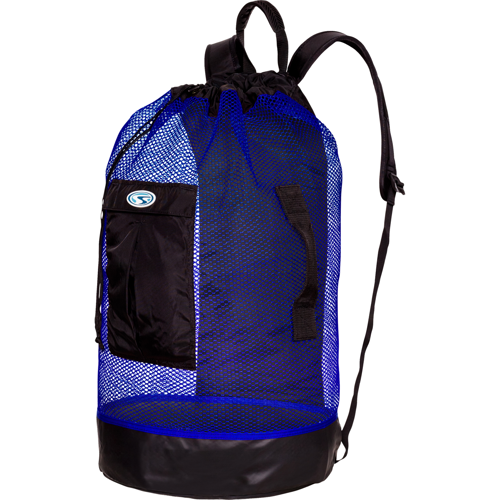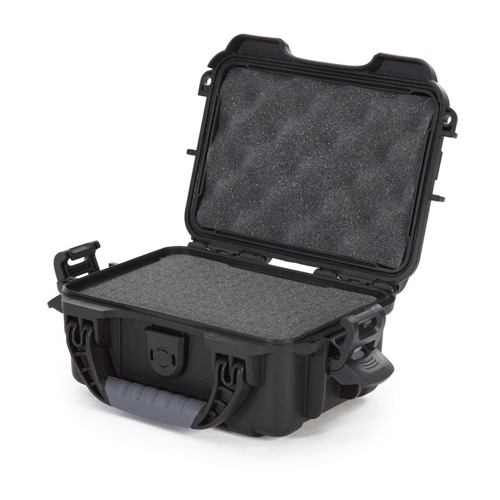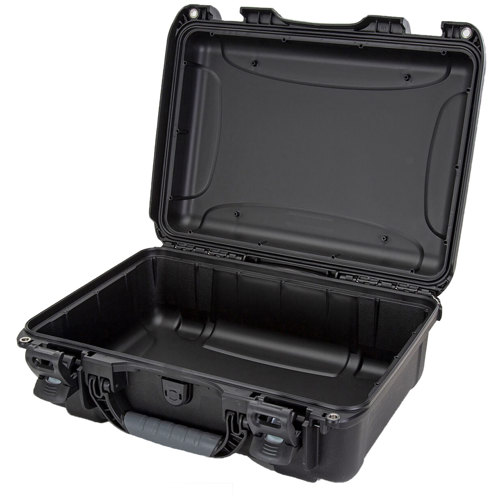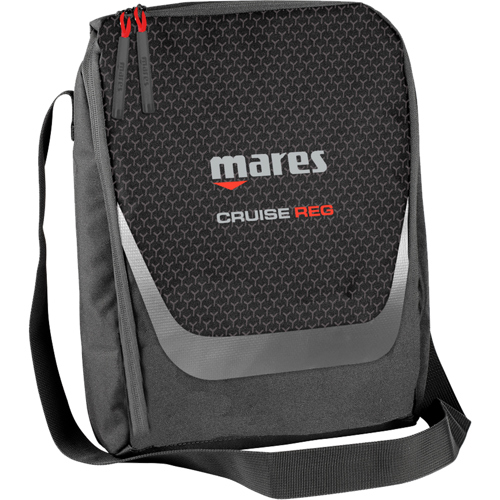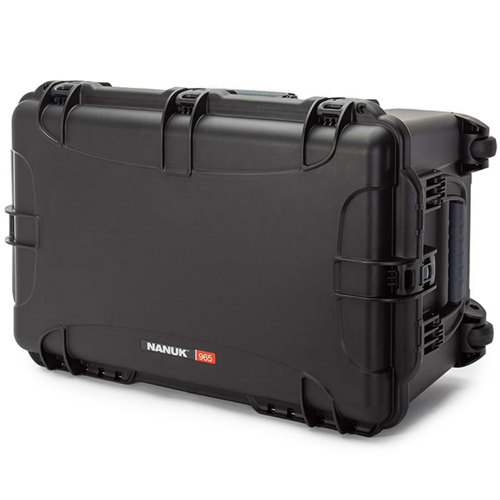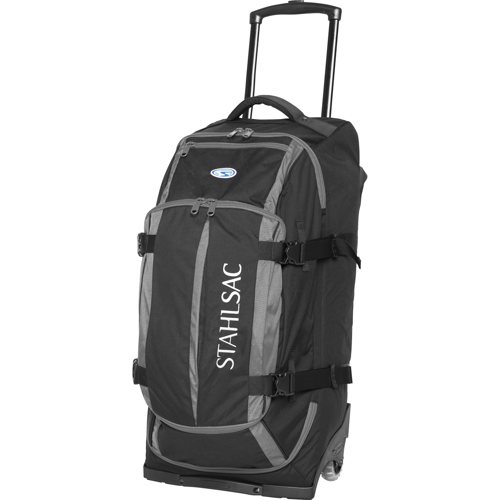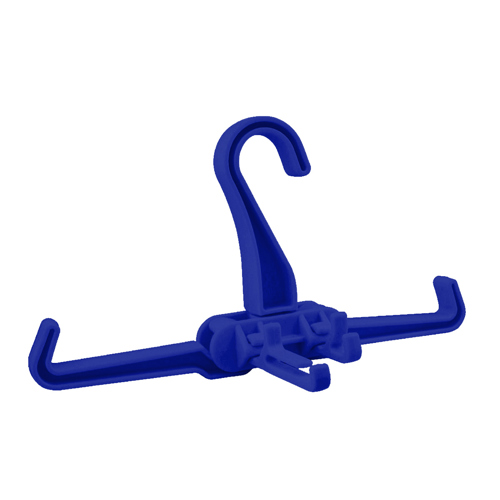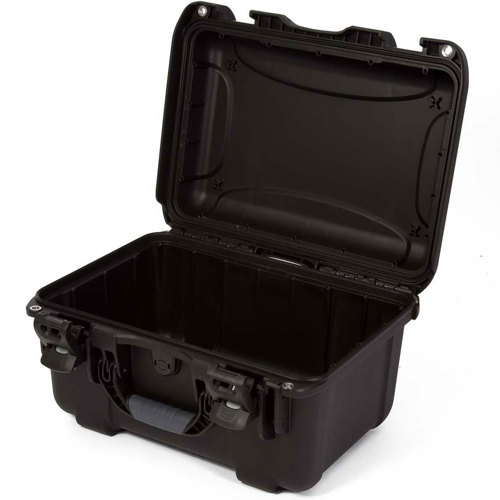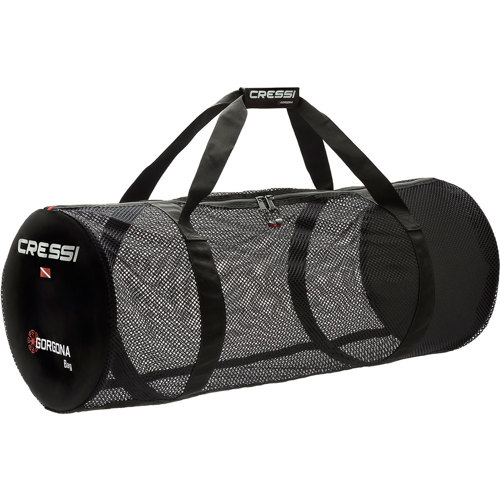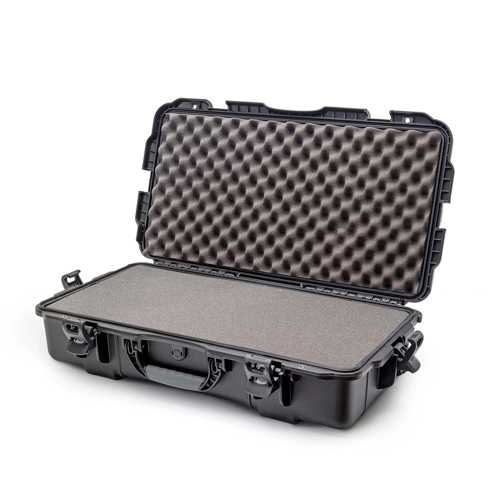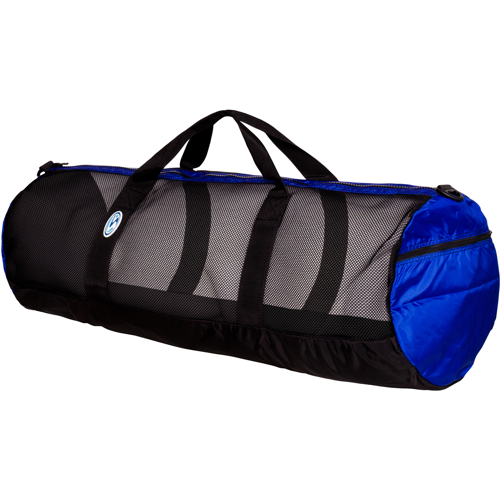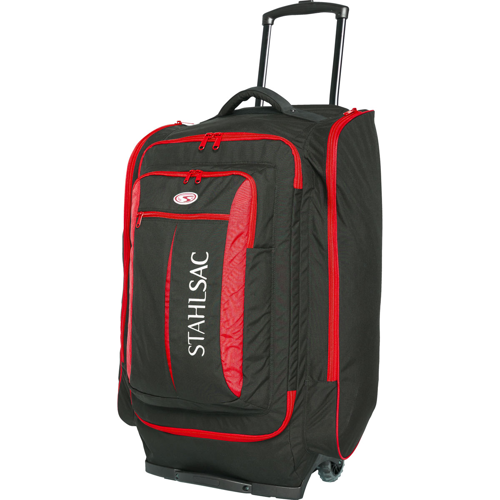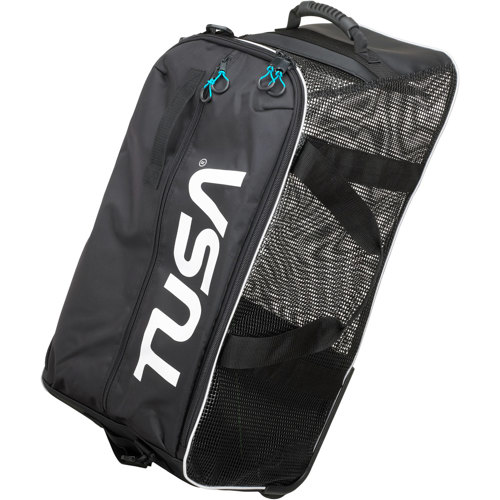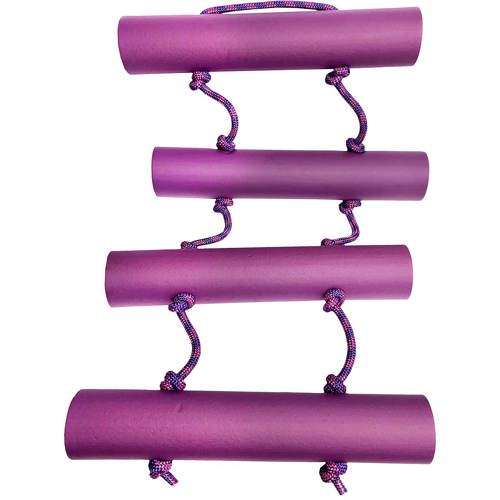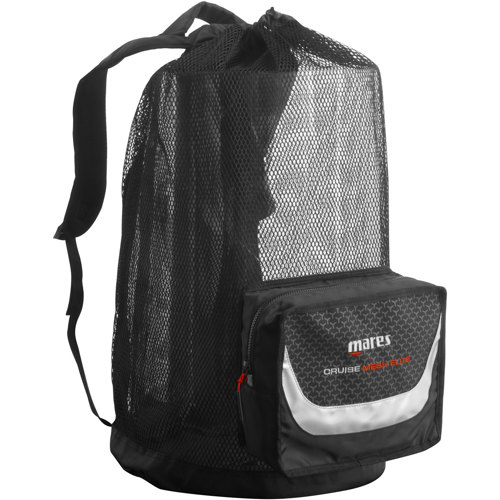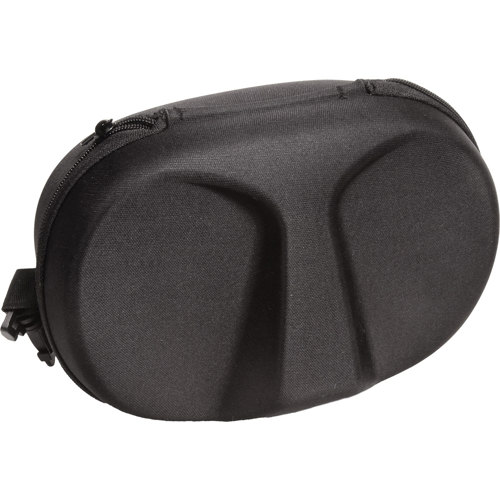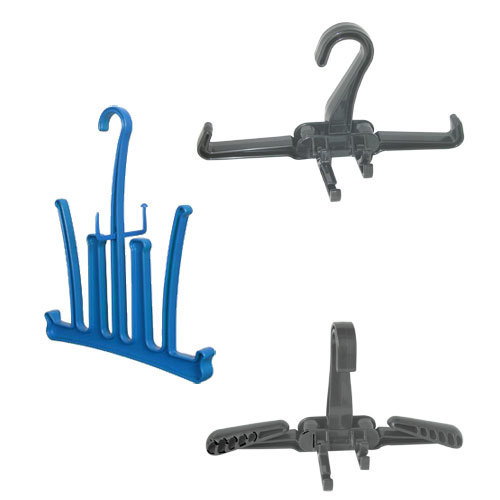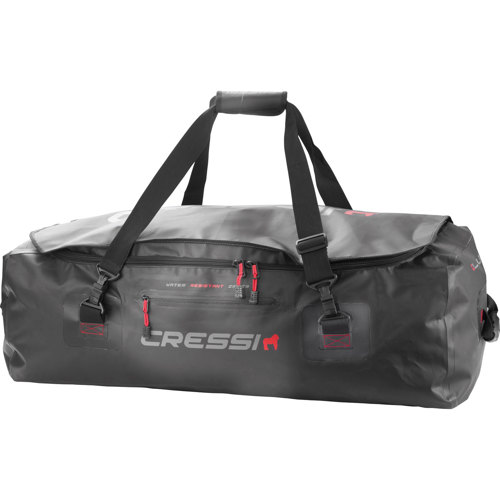Transporting scuba equipment safely and efficiently is essential for divers at every level, whether you’re preparing for a local shore dive, gearing up for a liveaboard adventure, or planning a winter getaway to warmer waters. The process of moving your dive kit from home to the dive site—and back again—requires thoughtful organization and the right transport solutions to safeguard your investment and streamline your experience. For many, the journey begins with selecting a sturdy dive bag or case that can handle the rigors of travel. Hard-sided rolling cases offer robust protection for long-haul trips and air travel, shielding delicate regulators, dive computers, and masks from impact and rough handling. Soft-sided duffels, on the other hand, are lighter and easier to maneuver for shorter trips or when space is at a premium. For shore dives or boat trips, a large beach mesh bag is indispensable, allowing wet gear to drain and air out on the go, preventing mildew and keeping sand and salt at bay. A mesh bag with drawstring closure is especially handy for corralling smaller items like gloves, booties, or snorkels, ensuring nothing gets left behind at the end of a day in the water.
When packing, experienced divers know to wrap regulators in protective padding or store them in a dedicated regulator bag to prevent knocks and salt intrusion. Dive computers, with their sensitive electronics, travel best in padded cases nestled within your main bag. Masks should always be stowed in a rigid case to avoid scratches or cracks, while fins can be strapped together or slipped into side compartments for easy access. Buoyancy compensator devices (BCDs) are often the bulkiest item, and many modern bags feature special straps or compartments to keep them secure and separated from other gear. If you’re flying, it’s crucial to comply with airline regulations—scuba tanks must be completely depressurized, often with valves removed and packed separately, and all gear should be cushioned to prevent shifting during transit. For those transporting weights or lead shot, consider checking out our dedicated
Scuba Weight Transport page for tailored solutions and best practices.
Scuba equipment transport solutions also make thoughtful gifts for the divers in your life. As the holiday season arrives, many divers are planning trips to escape the chill or dreaming of next year’s adventures, making December an ideal time to upgrade transport gear. A well-designed mesh bag with drawstring closure or a compact, airline-ready gear case can be the difference between a stressful packing experience and a smooth, enjoyable journey. These products are especially appreciated by new divers building their first kit, frequent travelers who need reliable protection for expensive equipment, or anyone who enjoys organized, hassle-free dive days. Whether you’re outfitting yourself for a winter dive trip, gifting a practical accessory to a friend, or simply seeking to keep your gear in top condition year-round, investing in the right transport solutions ensures your equipment arrives safely—ready for the next underwater adventure.



